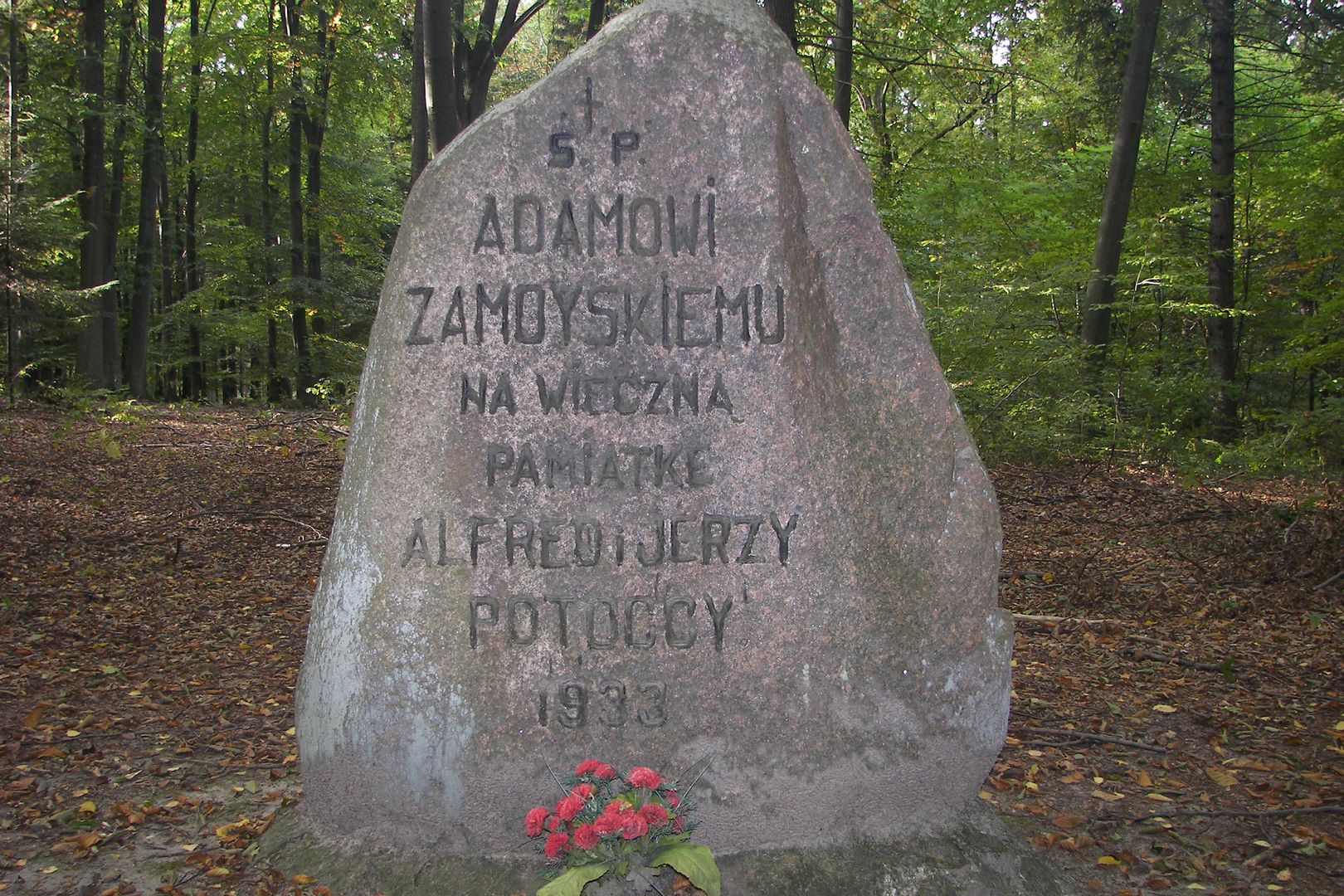Brzoza Królewska
6.5

Overview
Brzóza Królewska is a village located in the northeastern part of the Podkarpackie Voivodeship, within the Leżajsk commune, with a rich history dating back to the 16th century. It was established on lands that served as hunting grounds and was a site for royal hunts by kings such as Casimir the Great and Władysław Jagiełło. The modern village is characterized by compact development and a meridional layout, bordering three other villages. A historical conflict between magnates Łukasz Opaliński and Stanisław Stadnicki influenced the development of the settlement, and its name derives from symbols of trees that signified affiliation with royal and Stadnicki estates. Brzóza Królewska served as a refuge during Tatar invasions, and its inhabitants utilized local forests to obtain natural resources. In the 19th century, the village began to develop, reaching a population of 1,500 by the end of the 18th century. Today, the village maintains an agricultural character with elements of tourism, supported by the development of educational and cultural infrastructure, including a Roman Catholic parish and the folk ensemble "Brzozoki." The Village Development Association operates in Brzóza Królewska, along with a recreational center and a bakery. Nearby lies the peat bog reserve "Suchy Łuk," part of the Brzóźniański Protected Landscape Area, highlighting the natural value of the region. Brzóza Królewska blends historical heritage with modern social life and is a hub of cultural and tourist activity, with the Green Velo cycling route passing through the village.
Location
2025 Wizytor | All Rights Reserved